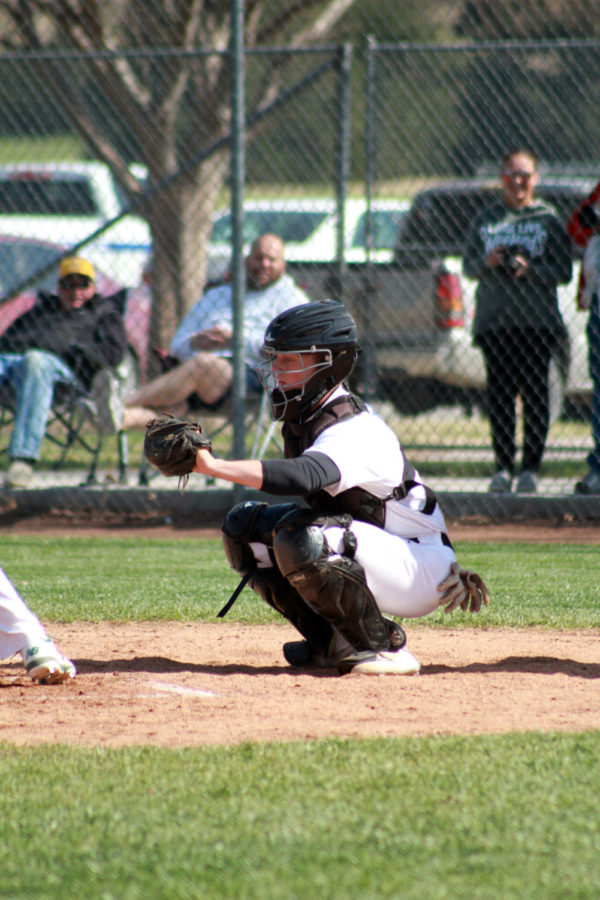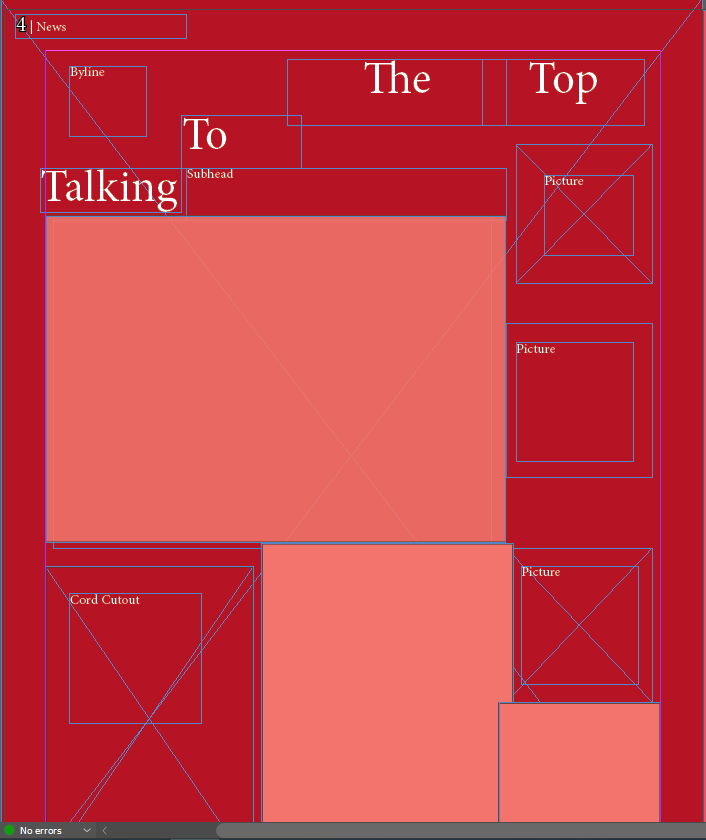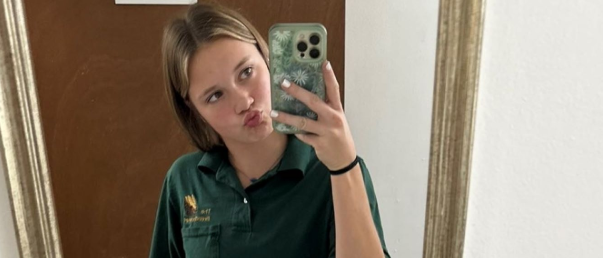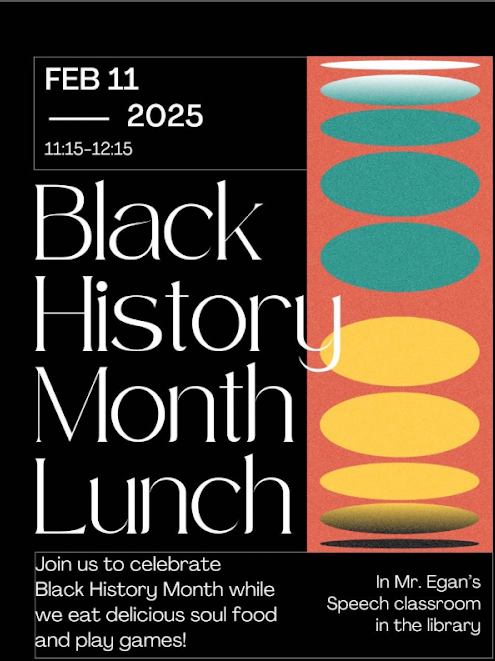Beasley overcomes hearing loss, obtains hearing aid

May 19, 2021
For the average person, hearing is something one does not think twice about. We experience so many noises that when we can not hear or there is a long silence, we are uncomfortable and do not know what to do with ourselves. For senior Madison Beasley, this quiet and silent unknown is her reality.
Beasley has suffered with damaged hearing loss since the fifth grade due to Menieres, a disease that causes hearing loss after fainting and dizzy spells. Menieres is a very rare condition and the cause for it is unknown. Less than 0.2% of people are diagnosed with it and less than 0.1% are children under 18. This is a prolonged disease and unfortunately, there is no cure for it.
“Menieres is a disease that causes me to hear a high pitch ringing and essentially I lose more and more hearing in my ear every time it happens,” Beasley said.
After this quiet reality became real to Beasley, she accepted the fact she had hearing problems.
“I knew I couldn’t hear for a really long time but I didn’t think it was serious,” Beasley said. “I wasn’t completely deaf and I would try to come up with an excuse like ‘Oh, it’s just loud in here, that’s why I can’t hear them.’”
Once Beasley started her senior year, she had the usual hearing test every student goes through. However, this year she could not hear a majority of beeps in comparison to years past. Beasley, after testing, found out that she had 40% hearing loss.
“I was in shock. I just stared at the doctor trying to process what he was saying,” Beasley said. “I was sad, but I just never realized that I was losing so much of my hearing. I just adapted to it.”
After Beasley found out the shocking news, she went to an ear specialist who prescribed her the behind the ear (BTE) hearing aid. Beasley has a specific type of BTE hearing aid, called a RITE, which stands for receiver in the ear. RITE’s come with a battery operated remote as well so one can adjust the volume or turn it on and off. Less than 1 in 5 teenagers have this type of a hearing aid if they are hard of hearing.
“The first time I got my hearing aid, I cried because I could hear everything,” Beasley said. “I had change in my pocket that I normally wouldn’t hear and with my hearing aid, I could hear it. Everything was very emotional for me.”
As Beasley adapts to her new life, she hopes to bring more recognition to the deaf community, especially in teenagers and young children. According to the National Institute on Deafness and Other Communication Disorders (NIDCD) about 2 out of 3 in every 1,000 children are born with some level of detectable hearing loss.
“I got made fun of a lot for it because I’m 17 and can’t hear,” Beasley said. “It doesn’t matter what age you are or what healthy state you think you’re in, anyone can be or become deaf.”




















